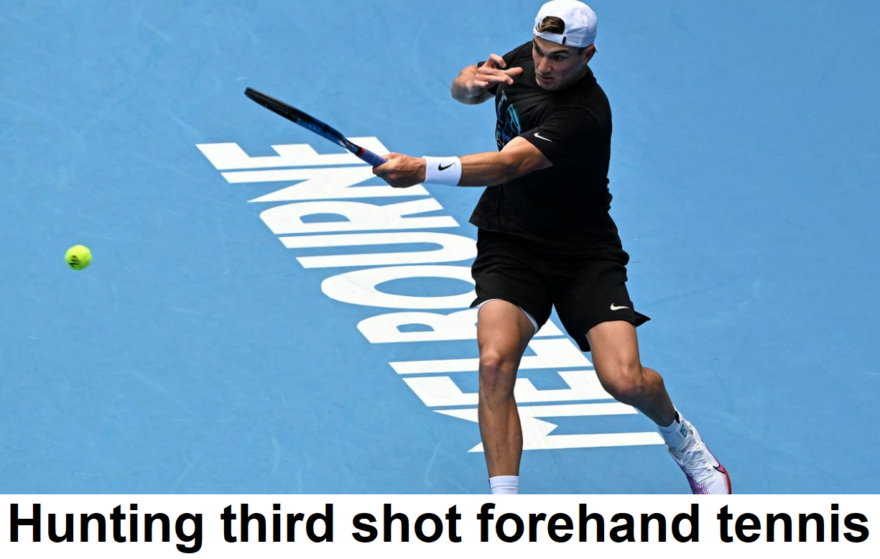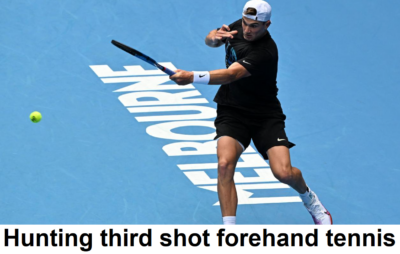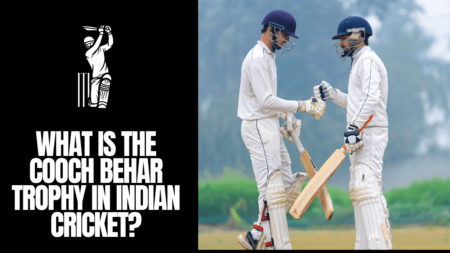

A hunting third shot forehand is a statistic that made its debut on professional tennis broadcast during the 2024 Australian Open. The need for this statistic can be attributed to the change in playing styles of the current crop of players owing to the court surface, court speed, and the type of ball used.
Before the 1990s, tennis players were commonly seen playing the single-handed backhand. While the shot was hit with a fearless whip, it didn’t have the control that the two-handed backhand gave. Later, the 1990s saw tennis racquets become bulkier, with better control due to the natural gut strings. The better arrangement of mains and crosses saw a gradual shift towards players opting for the two-handed backhand.
In the 21st century, the overall slowing down of the court surfaces led to more players becoming baseliners. The number of players who would have a serve-and-volley style of play was drastically reduced and all-courters too saw a steep decline. The 2024 February rankings suggest that for the first time since the ATP rankings were first published, there won’t be a single Top 10 player with a single-handed backhand.
Apart from the growing rise of two-handed backhands, single-handed backhand has also faded out due to the development of the inside-out forehand. This shot gained prominence when players started to position themselves around the ball such that a shot that could have been hit by a backhand could be better hit with a forehand by picking the ball early.
A precise and powerful serve helps a player dictate the point. A good serve can rattle the receiver, leading to a weak return shot. This in turn helps the server take charge on the point by gaining command on the feebly returned shot. Hunting third shot forehands are nothing but the forehand that a server hits against an ineffective or less effective return. The term hunting emphasises on the fact that forehands have always been the shot of choice since they allow for a natural swing of the players’ arm motion and body.
The hunting third shot forehand statistic thus explains the number of times that a player has opted for a forehand in their service games. It is a further testament to their serving precision, which has to be accurate enough for them to ensure that they are in position to hit an effective forehand.




